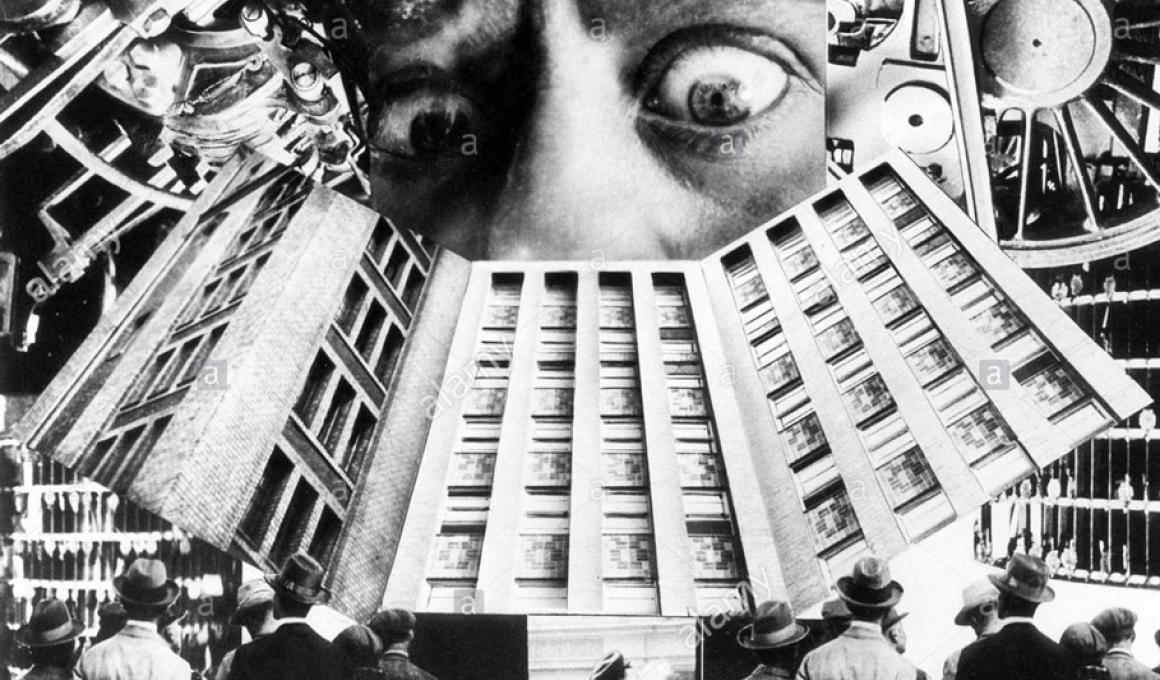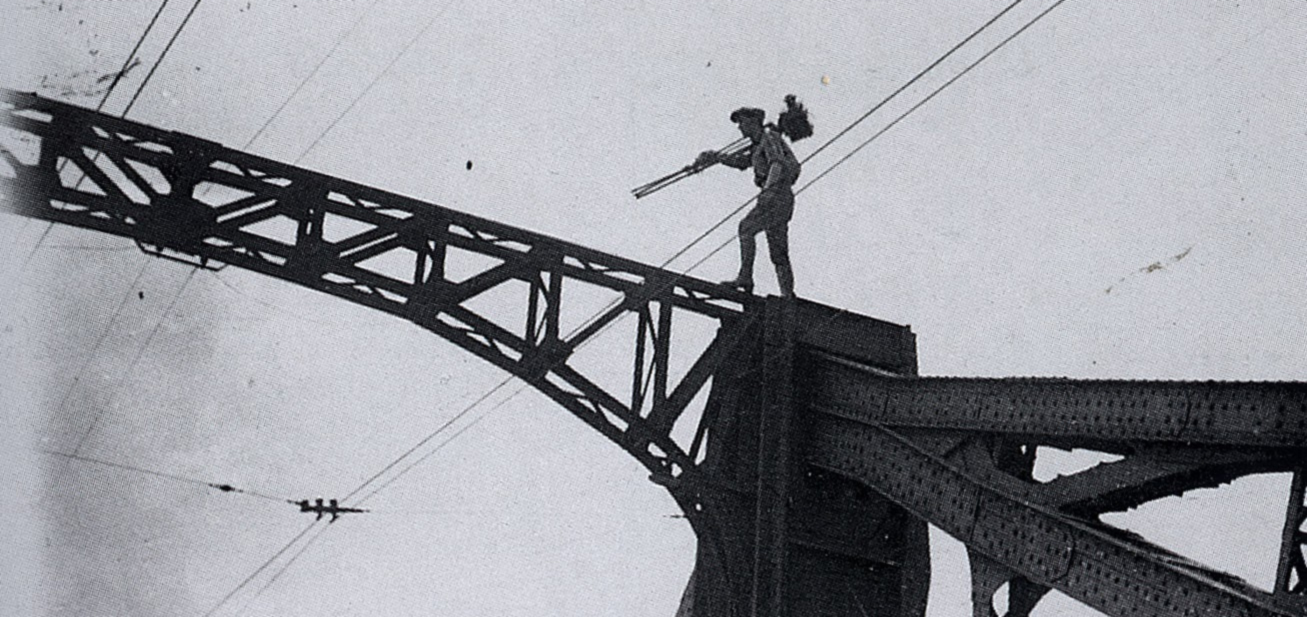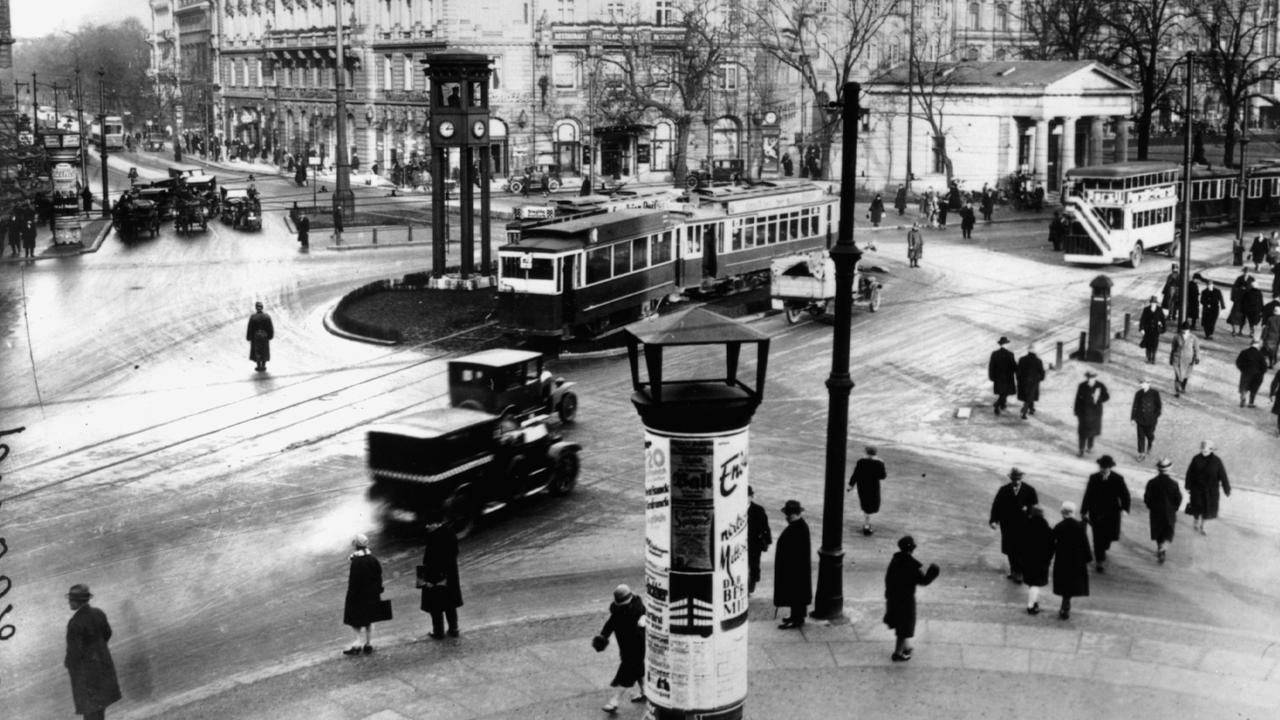The city symphony, as a “genre” (can something so short-lived be a genre?), has the misfortune of being mostly associated with a particularly unrepresentative entry: Dziga Vertov’s justly famous The Man with the Movie Camera.
Vertov’s movie is still incredible, and deserves its place in every film history class’ syllabus. But it is far more interested in its own editing and creative potential than the city itself.
And Berlin: Symphony of a Metropolis is unlikely to replace Movie Camera in syllabi anytime soon. Compared to Vertov’s film, it is remarkably uncreative, and it tries its best to communicate its action through tiny vignettes of lives.
That being said, it is still a fascinating movie — even more so now than when it was filmed.
 One of the strange things about watching a city symphony film now is the double position we must take. To follow the film, we have to place ourselves in the position of the film’s ideal viewer: someone of the time who is shocked by the newness of the images and the speed of the world.
One of the strange things about watching a city symphony film now is the double position we must take. To follow the film, we have to place ourselves in the position of the film’s ideal viewer: someone of the time who is shocked by the newness of the images and the speed of the world.
But we are also in our real position, knowing that their clothes are old-fashioned, that their cars are slow, that their factories are ancient. And even beyond that: that this city, filmed so energetically in 1927, was about to head towards a historical calamity they couldn’t imagine.
It is hard to hold on to both positions at once, especially when the narrative style has been so widely copied. Period films often attempt, in their establishing shots, exactly the maneuver that the city symphony does: to try to capture, in a handful of shots, the zeitgeist of the time, usually by associating the very rich and the very poor (as if this justifies the Merchant Ivories of the world their fascination with the former).
 With that common language, it is easy to slip entirely into the mindset of someone watching a narrative film, waiting for the real story to start now that we have a sense of the time and space. But there is no real story to come.
With that common language, it is easy to slip entirely into the mindset of someone watching a narrative film, waiting for the real story to start now that we have a sense of the time and space. But there is no real story to come.
The real story is the story of the filmmakers, trying to speak the essence of their time to a nebulous future. It is like a World’s Fair preserved in amber, with all its optimism and all of its cynicism.
There have been a number of attempts at a resurrection of the genre — Mark Cousins, in particular, seems to be attempting to bring it back single-handedly. But we no longer have the sense that our cities are a thing, a phrase, a sentence that we can communicate to the wider world. If an honest example was made today, it could be nothing but a collection of CCTV cameras, cut together at random. That is why even the more boring examples of the genre are worth holding on to: to explore the idea of cohesion, no matter how unreal it is.

